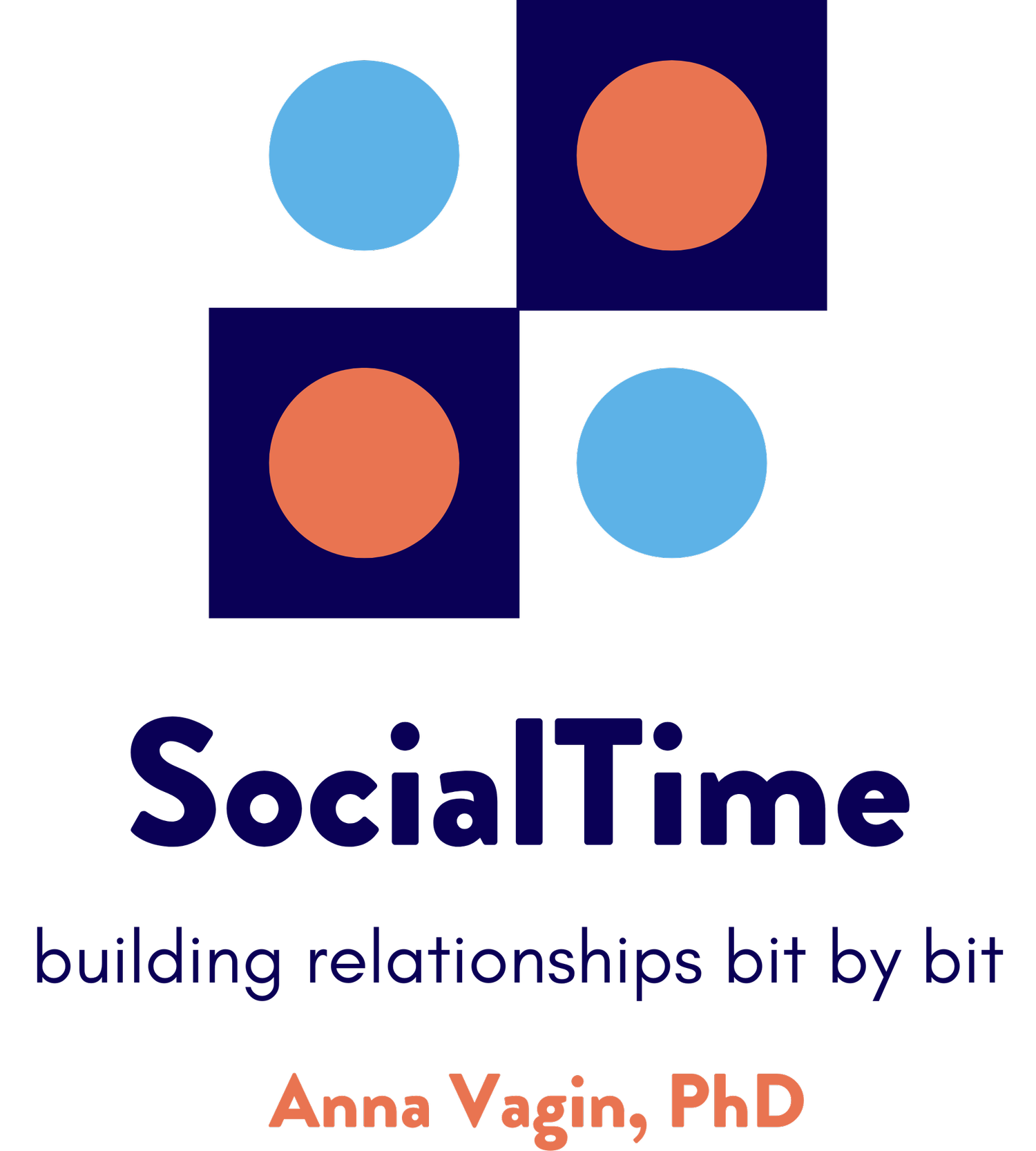Challenging our students in conversations – a good thing!
Practice leads to growing competence
We, humans, are creatures of habit. Every morning I drag downstairs, turn on the espresso machine, return about 5 minutes later to make coffee, etc., etc., etc. So much of what I do – especially Mon-Fri is framed by recurring actions. It’s probably the same for you. In some ways these rituals are comforting, but they can also be boringly repetitive and sometimes pretty uninspired. Our patterns are sometimes obvious, other times less so. Some are acceptable, but others might do well to be challenged. Conversations are one aspect of our lives that often follow predictable, habitual patterns.
As I have focused the past few years on conversations with my students, I have found myself noticing habits (patterns) in their conversations. In Conversation Paths, various conversation frames (e.g. 4 starters, questions, answers, comments, pop-ins, bridges) are sequenced in various combinations for students to practice. A 2-student path might look like this – the colors here indicate that Charlie would begin this conversation:
Months ago, I started receiving emails from clinicians describing the patterns they were noticing when using the Paths. One clinician noticed a student wasn’t using interjections (pop-ins.) Another clinician was surprised to see that one student consistently resisted being the one to start conversations, preferring to come in later in the Path. A third found follow-up questions to be particularly difficult.
The Paths allow us to explore and identify which particular conversation frame(s) a student uses less frequently, or even not at all. While some of these patterns are acceptable, others might, once again, do well to be challenged.
As examples, let’s look at 2 patterns I have more closely.
Here is a Path from some recent work with a 4th grader:
I usually go through a Path several times, moving the colored circles around so everyone gets to practice various combinations. While Mia successfully went through this Path when she was green, she struggled being blue. That question after pop-in, circled in red, was a stumbling block for her. In fact, it took her 33 seconds of careful thought (I knew she was thinking so I did NOT interrupt or cue her in any way) to come up with a question – which actually was a fabulous question!
Mia consistently struggled with every Path that had this sequence. When we listened to some recordings, Mia said she wanted to “get faster at asking questions.” Wow – recorded data AND buy-in from my student! As we practiced, Mia had the satisfaction of seeing her question-asking skills improve.
Giving it some thought, my hypothesis is that, when Mia usually tells someone 4 starters (which is a statement about one’s experiences that begins a topic/conversation and gives material for the other person to ask/talk about,) they probably almost always ask her a question. That is what we so often do with students with language and social challenges – we ask them questions about whatever they tell us. Or, Mia’s partner might use an interjection, but then Mia can keep talking about her experience – tell us more. The Path sequences in which Mia had to ask her conversational partner a question, therefore, violated her usual experience and expectation – they challenged her usual pattern and required some flexibility on her part. But, given supportive coaching and visual support, she was able to meet the challenge.
Here’s another example with Max, a high school sophomore:
In this path, I have the role (blue) of making a comment, and Max, taking a green role, needs to use a pop-in and then ask a question – again, circled in red. It’s this question that leads to struggle. At the beginning of the conversation, Max made a comment (about the 49ers football game,) thereby choosing the initial topic of conversation. The challenge is, my comment reflected my experience and opinions – I commented on how much I had enjoyed watching Joe Montana (way back in the day.) That stumped Max, who quickly (impulsively) asked what team I liked to watch. Since my comment implied that I liked the 49ers, that question, while a perfectly great general question, ended up feeling a bit out of step. It took several tries, as well as adding a text box with my comment, before Max composed a great question – “Did you like watching Ronnie Lott?” Obviously, Max knows his football!
Max and I noticed that every time this sequence: my comment, his question, came up in the Paths, he struggled, wanted to move to a different Path, delete the work on the hard one, etc. But we agreed to persevere, and, guess what? He got better at this sequence – his conversational competence had grown!
Back to those emails, I’ve been getting. What’s so exciting to me is that clinicians went on to say that they challenged these students – worked with them to practice the Paths that were challenging. And, saw progress!
Whether or not you are using CPPEV, I encourage you to challenge your students in their conversation. Listen critically to their conversational patterns, and work toward greater variety, flexibility, and spontaneity. We know that conversational competence leads to greater life contentment and lower levels of social isolation (Roux, et al, 2015,) so let’s work together to find ways to support our students in this critical skill!
Roux, A.M., Shattuck, P.T., Rast, J., Rava, J.A., & Anderson, K. National Autism Indicators Report: Transition into Young Adulthood. Philadelphia, PA: Life Course Outcomes Research Program, A.J. Drexel Autism Institute, Drexel University, 2015.




